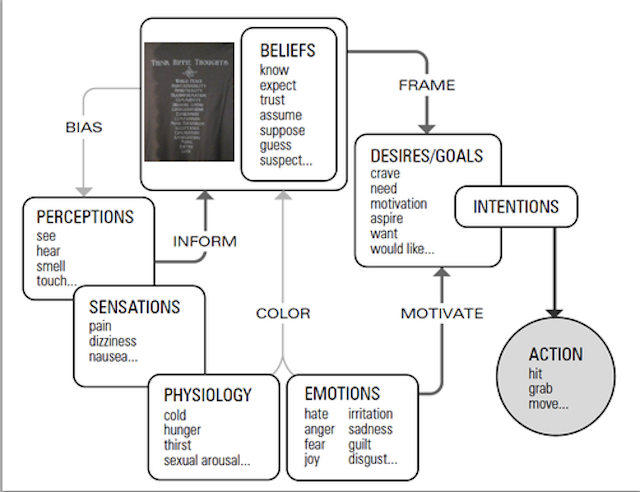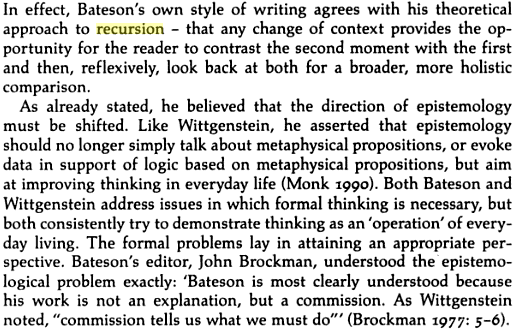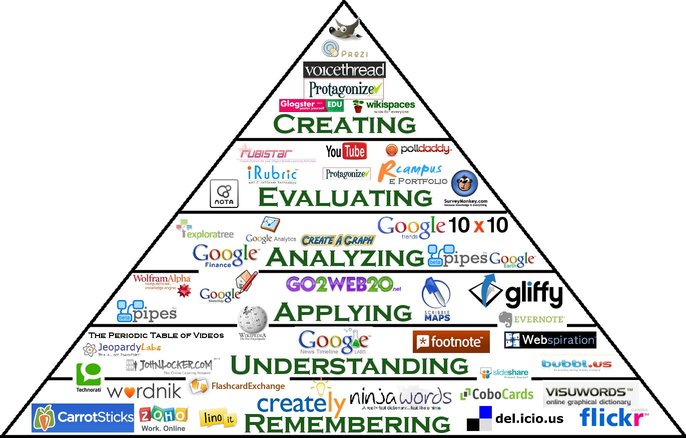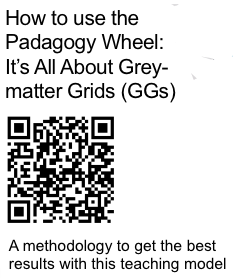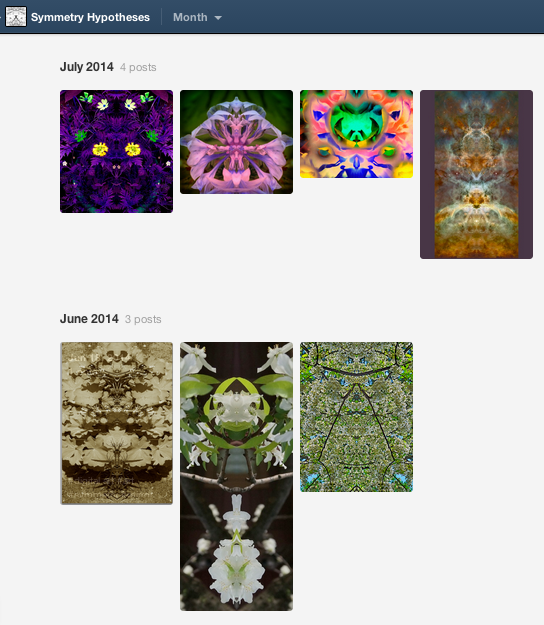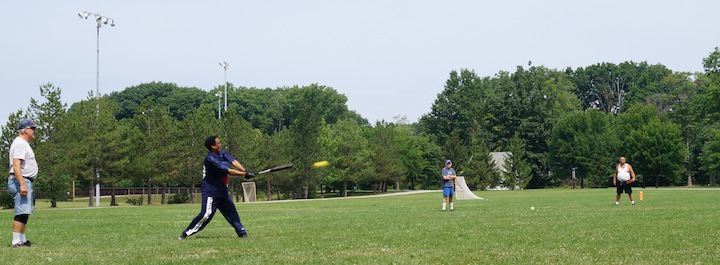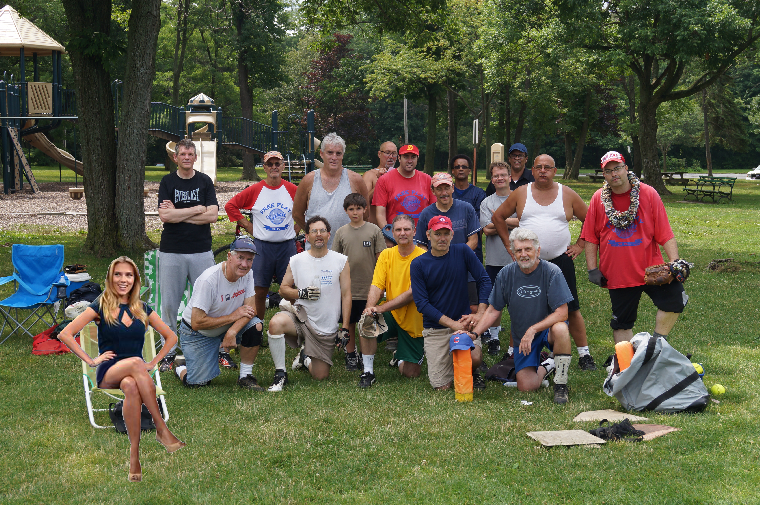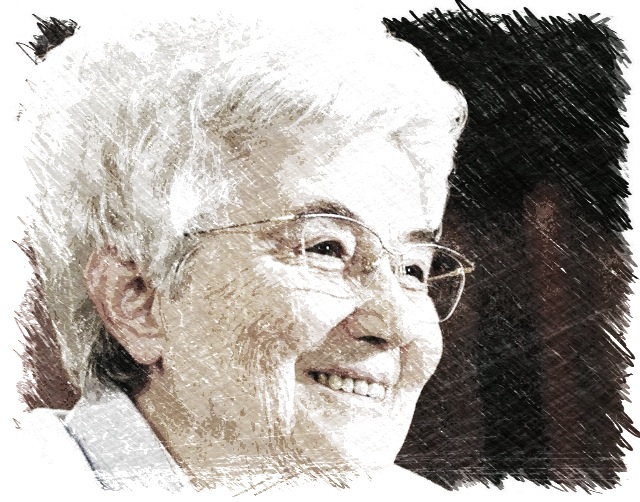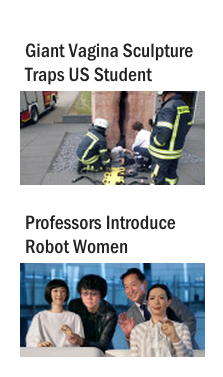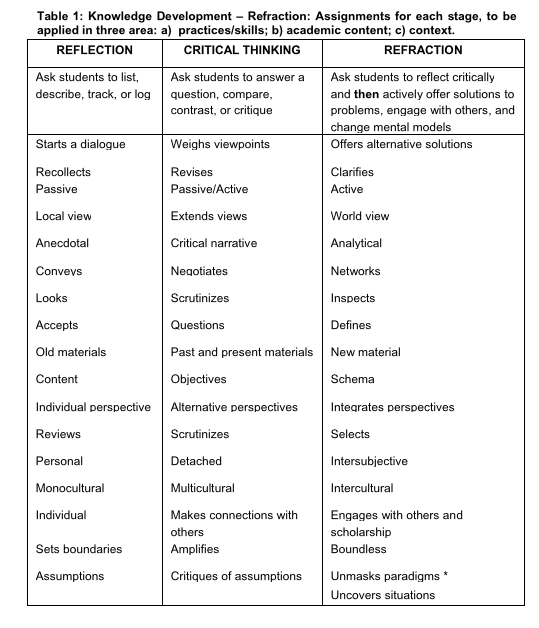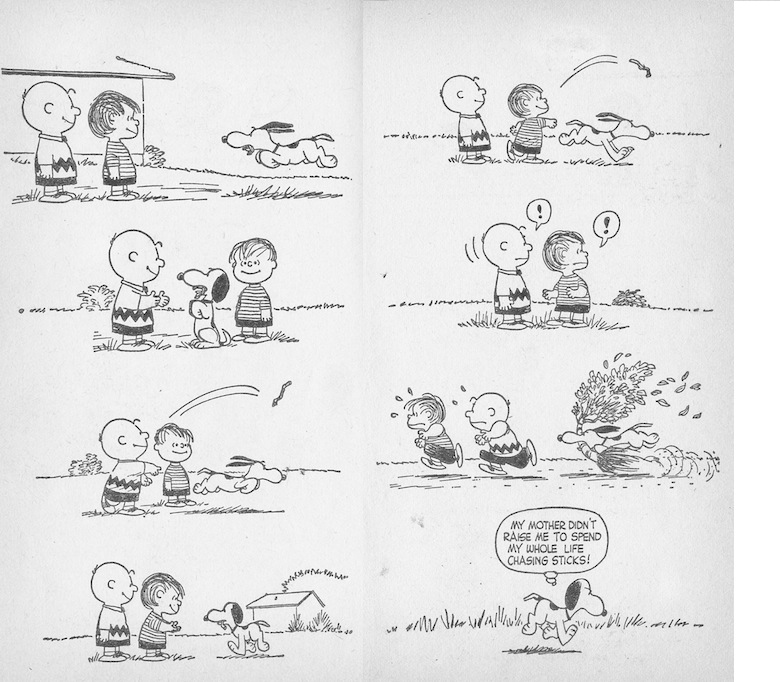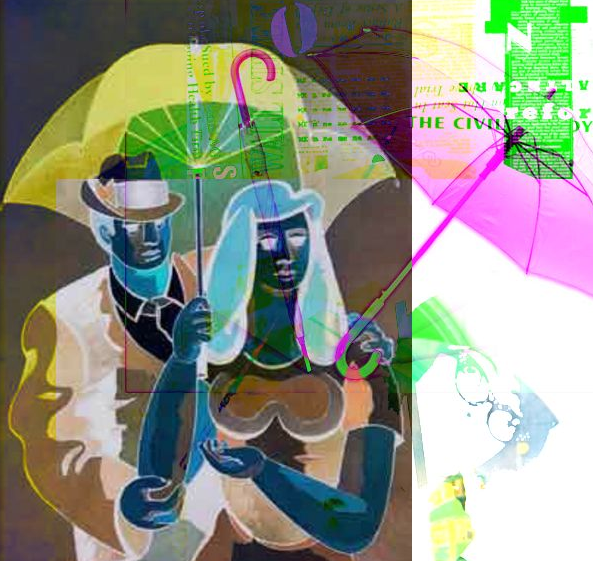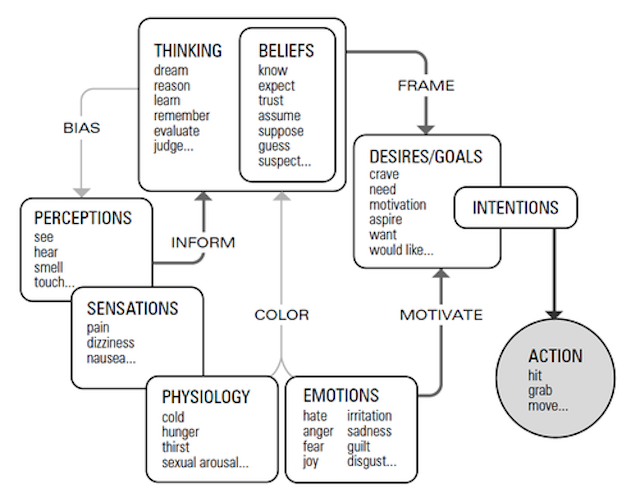
This schema comes from a Tumblr blog. I discovered it via a Google image search.
I discovered this graphic via Google image search.
I put them together.
There is no reason to take a schema seriously if its context is a Google image search. I know because of my skillfulness in psychology that color used as a verb won’t cut it as an apt description of the psychological process that underlies intentional action. But, heck, I like the way the hippie graphic can be plugged in to the schema.
So, as hippies sometimes do, I just plug it in.
Damn, I am mostly bald forty-seven years after the Summer of Love.
http://youtu.be/ZqXmBy1_qOQ
I sometimes answer the question, What is your background? this way:
Being a hippie, and, music.
Many times this response compels a questioner of my age cohort to lean forward and in a near whisper reply:
I used to be a hippie.
Hippies were made fun of back in their heyday, and, old hippies remain low hanging targets. In the late nineties ‘hippie’ became the term on the internet for lumping liberals with progressives. This eventually led to concise formulas such as: Obama becoming President is all the fault of the hippies.
Although I moved to Vermont at 19 and spent formative years as a hippie in that most hippie-flavored state, its political blueness is the exception to the longstanding geography that demonstrates clearly that contemporary hippiedom is, quantitatively speaking, almost entirely a cosmopolitan phenomena.
For me, the essential character of my core hippie lesson is: experiment and retain negative capability against the pressure supplied by opportunities for belief.
Or, as John Lilly put it:
My beliefs are unbelievable.



